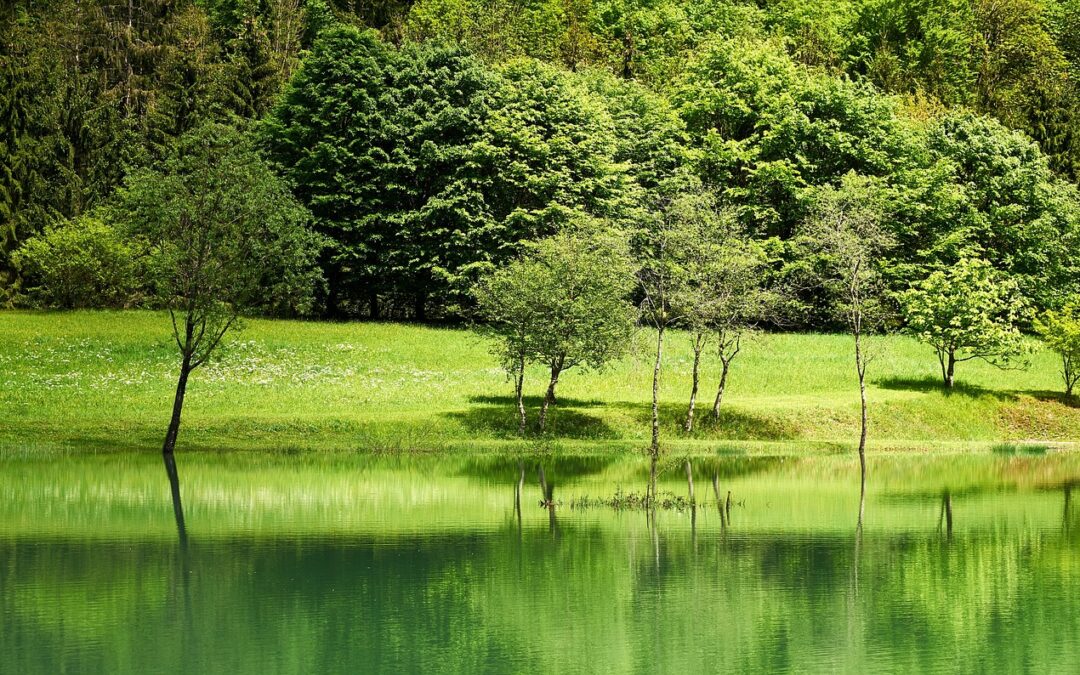Concrete for Environmental Projects: A Visionary Approach to Sustainable Landscaping
TL;DR
Harness the transformative power of concrete to create eco-friendly outdoor spaces that enhance biodiversity, reduce carbon footprints, and promote a sustainable future. Discover the latest trends and best practices in concrete for environmental projects, empowering you to transform your landscape into a haven of beauty and ecological harmony.
H2: The Green Evolution of Concrete
Concrete, once perceived as a purely industrial material, is undergoing a remarkable transformation. Today, it’s being reimagined as a versatile and sustainable solution for eco-conscious landscaping. With its durability, versatility, and ability to adapt to various forms, concrete allows for innovative designs that blend seamlessly with the natural environment.
H2: Carbon-Neutral Landscapes
One of the most significant benefits of concrete in environmental projects is its ability to reduce carbon emissions. Opting for low-carbon concrete blends, which incorporate recycled materials, can drastically minimize the environmental impact of construction. By using carbon-neutral techniques, you can create stunning landscapes that leave a positive footprint on the planet.
H2: Biodiversity Havens
Concrete can be ingeniously designed to create habitats that foster biodiversity. By incorporating pervious concrete, which allows rainwater to infiltrate the ground, landscaping projects can replenish aquifers and support thriving plant life. Green roofs made from concrete help mitigate urban heat island effects and provide sanctuary for wildlife.
H2: Erosion Control and Watershed Protection
The stability of concrete makes it an ideal erosion control solution. Gabion walls, constructed using wire mesh and stone-filled concrete baskets, effectively stabilize slopes and prevent soil erosion. Rain gardens, depressions filled with concrete and planted with native species, filtrate stormwater, reducing pollution and protecting watersheds.
H2: Sustainable Site Management
Concrete pavers offer a durable and low-maintenance alternative to traditional asphalt for pathways and patios. They allow water to percolate through, reducing runoff and mitigating flood risks. By using permeable concrete instead of impervious surfaces, landscaping projects can promote natural drainage and minimize the burden on stormwater systems.
H3: Innovative Design Ideas
The versatility of concrete allows for endless design possibilities. From cascading waterfalls that mimic natural streams to sculptural elements that serve as seating and shade structures, concrete can transform outdoor spaces into works of art while respecting the environment.
H2: Success Stories
In the bustling metropolis of New York City, the High Line Park serves as a testament to the transformative power of concrete in environmental projects. This elevated park, built on an abandoned railway, showcases the creative integration of concrete and greenery, offering a serene oasis amidst urban chaos. In the seaside town of Genola, California, a large-scale restoration project utilized carbon-neutral concrete to create a coastal environment that supports endangered species.
H2: Embracing Sustainable Landscaping
By choosing concrete for environmental projects, you’re not only enhancing the beauty of your outdoor spaces but also making a positive impact on the planet. Embracing sustainable landscaping practices ensures a thriving future for generations to come.
Transform your landscape into a masterpiece of sustainability. Choose concrete as the foundation for your environmental project and experience the transformative power of innovation, eco-consciousness, and stunning design. Let your outdoor haven be a testament to the harmonious coexistence of nature and progress.

